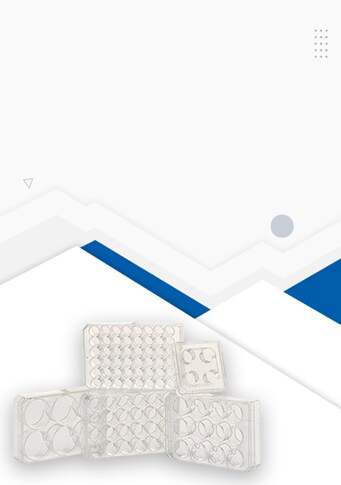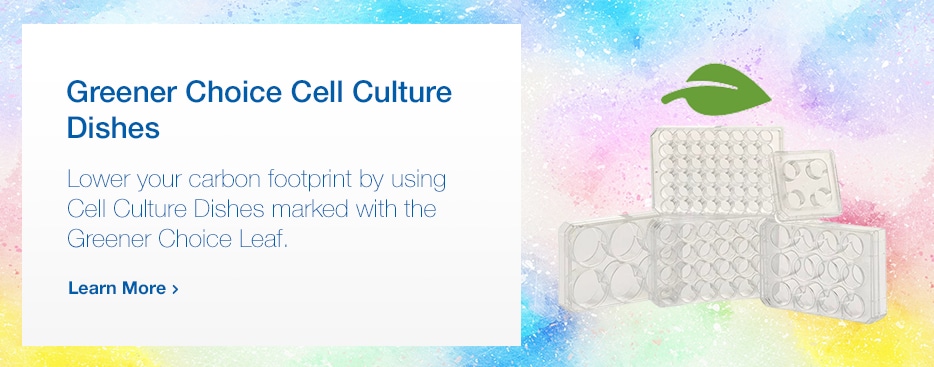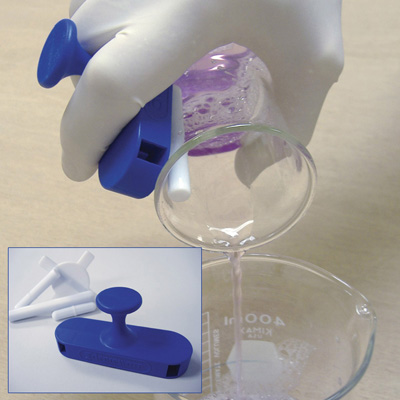Cell Culture Dishes
Links
Selector Guide
Get the best-fit cell culture dishes for your lab protocols with our interactive selection guide:
3. Which surface treatment are you looking for?
Save Now - Web Exclusive Deals
Must Have
EVEN AND CONSISTENT CELL ATTACHMENT
COST EFFICIENT AND
VERSATILE
IDEAL FOR OBSERVATION AT HIGH MAGNIFICATION
IMPROVED HANDLING OF SMALL DISHES
DESIGNED FOR A WIDE RANGE OF APPLICATIONS
Complete Your Order
Great deals
Gibco DMEM/F-12, No Glutamine
Support the growth of many different mammalian cells with DMEM/F-12 basal medium.
Learn MoreGreat deals
Thermo Scientific Nunc Cell Culture Treated Flasks with Filter Caps
80 cm2 cell culture treated flasks with filter caps from NUNC.
Learn MoreGreat deals
Thermo Scientific Nunc Disposable Loops and Needles
Easily identify these color-coded disposable loops and needles, precision molded from nontoxic (USP Class VI) polystyrene material.
Learn More
Guides to Help You Choose
Shop Your Brands
Frequently Asked Questions
How many cells should I seed to start a cell culture?
As cells proliferate after seeding, it is not recommended to seed cells in such a way that the average yield per well is exceeded at 100% confluence. Dependent on the cell type, cell size and cell growth rate, and the number of days of your experiment you may start your cell culture with different seeding densities. Below are the recommended seeding densities in different cell culture dishes. The number of cells on a confluent plate or dish varies dependent on the cell type. HeLa cells were used for the table. The optimal cell inputs for your specific cell lines can be determined by initial growing tests.
How can I choose the right growth surface for my cell cultures?
Optically clear and non-treated polystyrene with a hydrophobic surface is ideal for suspension cell culture. It is also useful for a variety of biochemical assays. A standard tissue culture (TC) surface modification makes the polystyrene surface more hydrophilic and allows maximum adhesion for a wide range of cell types. For cells such as primary cells and sensitive cells that do not grow well on the normal TC surface, you can use cell culture dishes coated with collagen or poly-lysine. Collagen is of animal origin, while poly-lysine is fully synthetic.
Do cell culture plates and dishes have an expiration date?
Yes, they do. The expiration date usually refers to guaranteed sterility. It should of course be noted that sterility is also dependant on proper handling ensuring the packaging remains intact. Some culture vessels have added substances such as gelatin that can degrade over time. It is not recommended to use these types of cell culture vessels after the expiration date.





























